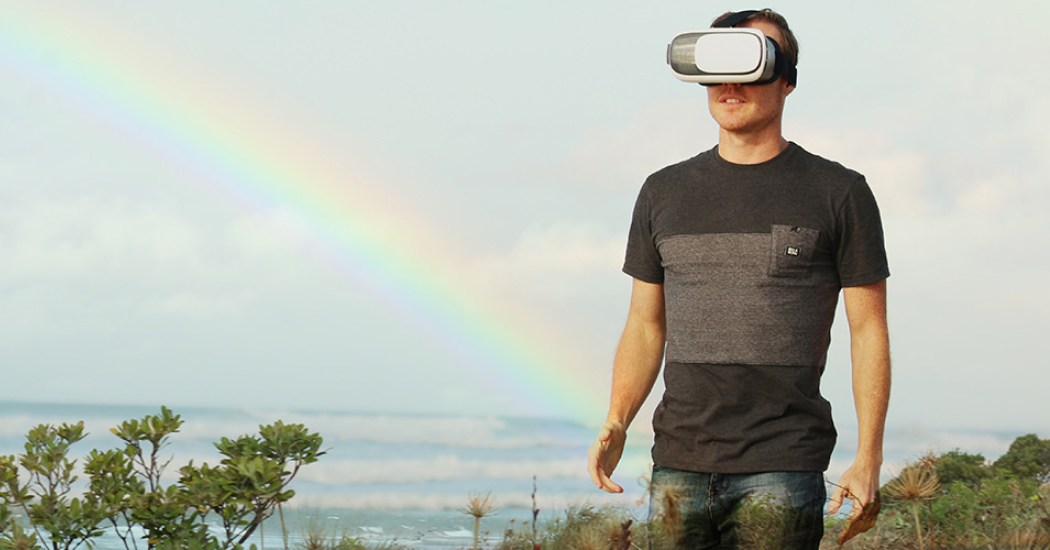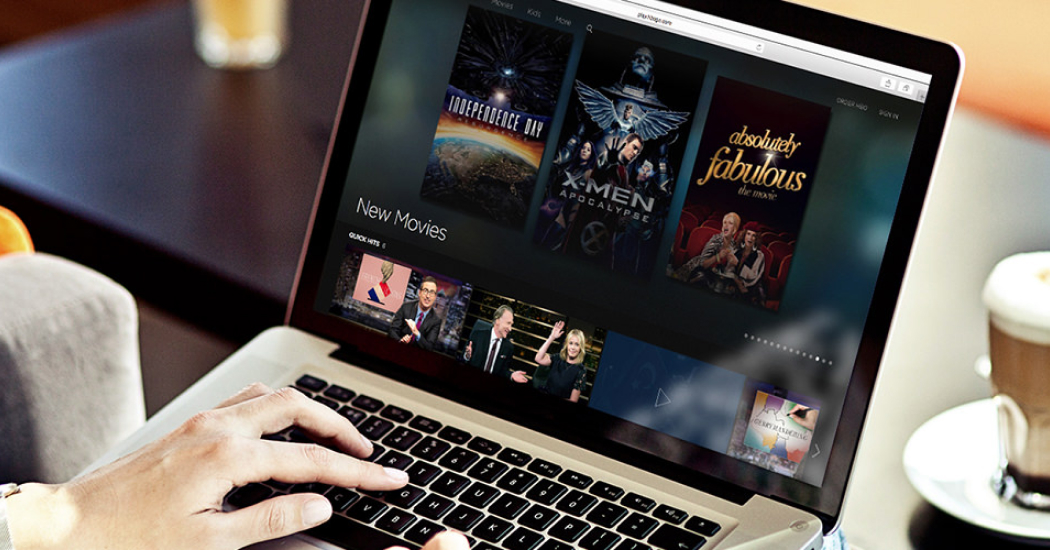The Reality Of Augmenting Television

If virtual reality (VR) and augmented reality (AR) aren’t in your video vocabulary yet, they probably should be.
In my mind, these new technologies represent the most significant evolution to the video medium since color television. They are the latest transportation of the viewing experience away from the living room TV set. If TV and video gave us the triumvirate of sight, sound and motion, VR and AR viscerally add engagement and experience to this mix, and the game will change rapidly from here.
Speaking of games, it’s hard to believe that “Pokémon Go” has only existed for about a month, yet in writing this I am pathetically late to the party. So let’s explore the topic anyway, because I love that there are still media technologies out there that carry with them the real possibility of explosive success. It’s especially fun to take a step back and reflect upon its implications for advertising.
I see three core takeaways. First, gamification isn’t dead. Second, we still have tremendous opportunity to offer audiences an equitable value exchange for their attention. Finally, the endgame appears to be untethered sight, sound, motion and engagement.
Moving Video Experiences Into The World
Gamification is sort of a yesterday term (anyone still using Foursquare?), but “Pokémon Go” may have breathed some life back into the concept. If we treat the tried-and-true notion of action and reward as practically genetic motivators for all manner of human behavior, this should be central to any of our thinking around how we drive engagement. The marketer in me can see the old video game formula of collecting coins along a path executed in AR, but here, the popcorn trail leads to a store or restaurant where the virtual coins could be redeemed for real-world goods and services.
It has me wondering if Google Glass is actually dead. Or is there a formula in here somewhere where it can find new life?
I watched my daughter play “Pokémon Go” the other night while my family and I strolled after a dinner out. I was amazed to see at least a dozen other people of all ages playing “Pokémon” on their phones as well. I think it really would have been a nicer experience for them if they could have had the display on Google Glass while controlling the game via a wearable or iWatch, if for no other reason than that it wouldn’t be so obvious what they were all doing.
But then I realized that there was a nascent social element at work here – that the painfully obvious physical signals that betrayed that they were all playing the same game could itself be a status badge. The game was driving a silent (and awkward) conversation in body language among them that afforded the sheepish acknowledgement of each other as fellow players, but fell far short of providing enough commonalities in their shared experience to license any real-world interaction. That, by the way, is actually a good thing, because I don’t care how harmlessly geeky a young man might be, he has no business speaking to my 12-year-old daughter.
Having said that, a good marketing AR app could screen out players of a certain age or interest using first- or third-party data, and really play on, highlight and celebrate the commonalities of a specific target group under the banner of a new soap or an awesome online service and then physically or virtually connect them.
Everyone Benefits
The thing to acknowledge is that we’re in the infancy of all of this. These new experiences will necessarily evolve from the heads-down sort of “Where’s Waldo” interaction that “Pokémon Go” currently represents. The remit should now be to get everyone’s heads up and elevate the complexity of the game from find and collect to incorporate and solve.
The objective for marketers is tied to how well people love and acquire the goods and services our new games will promote. Our success will be predicated by how we leverage the new collection of dimensions at our disposal: sight, sound, motion, engagement and mobility.
The first layer of our value exchange will therefore be our ability to entertain and engage our audience on their terms, specifically when, where and how they choose to interact with our brands.
No Need For New Appliances
At the end of the day, what we’re talking about are essentially enhanced mobile video-on-demand experiences (let’s call them EMVODEs and see if anyone starts using the term).
This is the collision of experiential, mobile, video, on-demand and interactive content whose primary access appliance is already sitting in nearly everyone’s pocket, purse or pack. This is perhaps the core genius of “Pokémon Go”: It requires nothing more than what we already have.
I actually suspect that this may be what television is destined to become. How long this latest evolution will take and how advertisers and marketers will use it remains to be seen, but the possibilities are staggering, and I’m pretty excited to see how it plays out. Just remember that it started with a phenomenon that will probably be remembered as little more than a fad.
